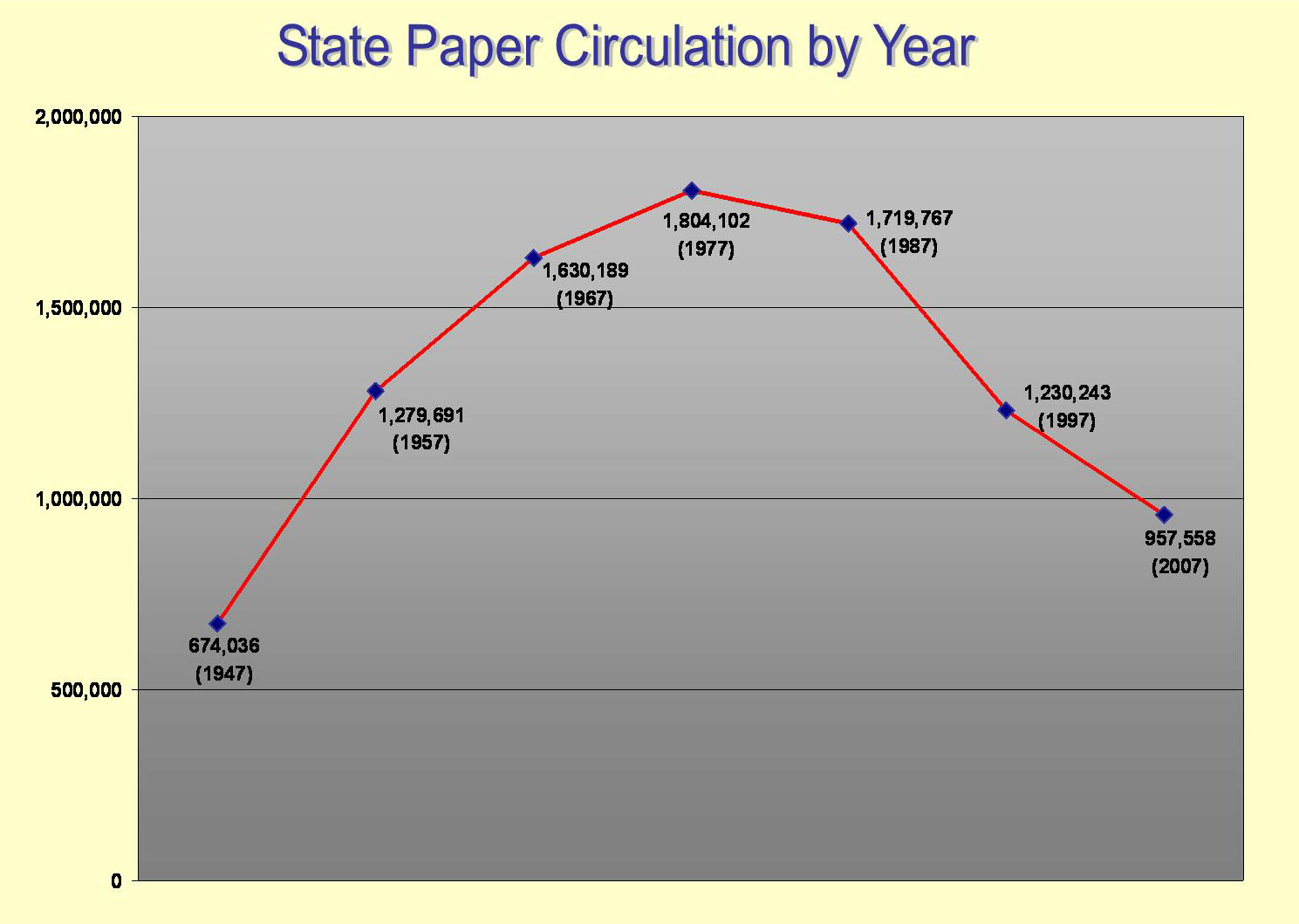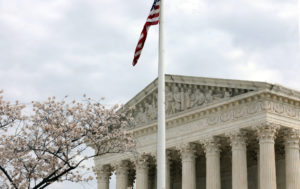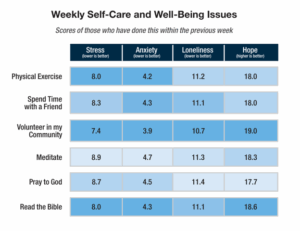
ALEXANDRIA, La. (BP)–In 2007, state Baptist papers’ total circulation dropped below the 1 million mark for the first time.
Since 1953, state conventions affiliated with the Southern Baptist Convention had an overall circulation of more than 1 million (as calculated by totaling the average distribution per issue for the various weekly, twice-monthly and monthly editions).
According to information published in the 2007 SBC Annual combined with data from the annual USPS periodical reporting form, state Baptist papers average issue distribution has dropped to 956,000. A decade ago (1997), the reported distribution was 1,230,243. In 1987, the papers reported 1,719,767.
Some states have not experienced such precipitous losses but have lost circulation nonetheless. The Oklahoma Baptist Messenger dropped from a 1997 total of 100,600 to 80,721 in 2007. During the same period, the South Carolina Baptist Courier circulation dropped from 98,000 to 77,724. The Northwest Baptist Witness 2007 reported circulation stood at 11,932, down from 14,000 in the same time frame.
No paper appears to be exempt from the decline. Warren Buffett has described what is happening to secular newspapers as a “protracted decline.” Statistically, state Baptist papers are not exempt from the culture’s continued trend toward finding alternative news sources through technology instead of newsprint.
A newspaper analyst with Morton Research, John Morton, observed, “Newspapers haven’t done anything different in the past two years that would have contributed to a decline in readership. But the industry hasn’t figured out how to persuade young people to take up newspapers as a habit.”
David Moore, a writer for MediaLife, noted, “Newspapers have struggled to attract younger readers, with only 26 percent of respondents under 30 having read a paper the previous day. Younger news consumers tend to get their news online and from cable news.”
Bob Terry, editor of The Alabama Baptist and executive director of the Association of State Baptist Papers, does not see the decline in state papers as due totally to the dynamics of technology. Terry says there are several factors for the decline.
“State Baptist papers are still searching for the reason they exist,” Terry said. “Fifty years ago their primary role was to tell the news about Baptists and they had an audience that wanted to know. In those days the state and national conventions promoted the idea that if you are a cooperating church you provided the state paper to your member families. Today that is not the case.”
During the SBC’s Conservative Resurgence, the state papers became a battleground, Terry said, and eventually people became “fed up” with what was happening and responded by cancelling their subscriptions. Anti-state paper attitudes developed among the new convention leadership.
State conventions need some form of printed periodical to communicate their work to the constituency in the churches, primarily to church leadership. Several state conventions have launched “missions magazines” to promote the work of the state convention and its ministries within their respective states because the missions magazine is delivered to the church leaders listed on the Annual Church Profile instead of a paid subscription database.
In response to the attitudinal shift among Baptist readers, some major state papers are moving away from a focus of reporting the news to becoming a niche missions publication. “We are a niche publication that tells our state’s story,” Joe Westbury, associate editor of the Georgia Baptist Christian Index. “We print softer, Georgia-centric news and leave the hard news to online services. We cover Georgia Baptist stories.”
“If the readership is not looking primarily for news, the state papers must change and redefine their identity,” Terry said. “In Alabama we are becoming a resource for Christian living. The Alabama Baptist promotes everything promoted by the Cooperative Program.” The Alabama convention does produce a monthly missions feature magazine that often uses repackaged feature stories from The Alabama Baptist.
The distribution landscape of state Baptist papers is diverse. Ten continue to publish weekly; nine are printed twice per month; and 19 are monthlies. The recent double-digit postal increase is causing several weeklies to examine cutting back to a fortnightly distribution. Terry cited a recent banking industry study that demonstrated a twice-monthly periodical is almost as effective as a weekly.
All but one, the Texas Baptist Standard, are supported heavily by the Cooperative Program. Several decades ago, some Texas Baptists endowed the Baptist Standard so that it would not need to rely upon Cooperative Program dollars.
In 1953, there were 21 state papers, 17 of which were 17 weeklies. In that year, the accumulative distribution total was 1,017,496. Three new papers have formed in the last decade: The Pathway of the Missouri Baptist Convention (14,992 circulation), The Texan of the Southern Baptists of Texas Convention (36,811 circulation) and The Proclaimer of the Southern Baptist Conservatives of Virginia (16,000 circulation).
Gary Ledbetter, director of communications for the Southern Baptist of Texas Convention and editor of The Texan, agreed that, “The movement is away from a full dependence on paid subscribers to pay all the bills for state papers. In the past there was a heavy dependence on church budgets providing a paid subscription for every member family. Today, state papers are much more dependent on the Cooperative Program to keep publishing. Church leaders are working to be more efficient with their dollars and perceive the state paper as an easy target.
“There are plenty of new, growing niche magazines exploding in the secular marketplace,” Ledbetter continued. “This indicates to me that people continue to read print media. In Baptist life, some state papers, of the ones that produce original copy, may be targeting a niche audience with softer news or a USAToday approach to news with short stories and a heavy reliance on features. We must remember, part of the role of a state paper or periodical is the necessity of serious discussion about significant issues.” Ledbetter is the president-elect of the Association of State Baptist Papers that meets each February.
Kelly Boggs, editor of the Louisiana Baptist Message, reported to the annual meeting of the Louisiana Baptist Convention that statistically the state paper is a good tool for measuring church health. According to data collected from the Annual Church Profile, churches that use the Baptist Message newsletter service experience significantly higher per capita giving and higher mission giving. A newsletter service is the process in which the church provides the state paper to every member family and the state paper prints the church’s local newsletter on one panel of the paper. While per capita and mission giving are not the only measurements of church health, they are important data points that reflect the loyalty of congregants and the local church’s values regarding reaching the world with the Gospel.
–30–
John L. Yeats is the recording secretary of the Southern Baptist Convention, director of communications for the Louisiana Baptist Convention and editor of LBCLive, the state convention’s missions magazine. He previously served as editor of two state Baptist papers, the Oklahoma Baptist Messenger and the Indiana Baptist.
















